Imagine having your own catfish farm at home. It’s not as hard as it sounds. You can turn your backyard into a productive and sustainable source of food and income. It’s a great way to combine farming and fishing in one.
Here are some details that will help you get started.
Key Takeaways
-
Starting a catfish farm at home offers a sustainable way to provide food and generate income.
-
Proper planning, from pond setup to water management, is crucial for catfish health and growth.
-
Regular monitoring and adaptation to catfish needs ensure long-term success and productivity.
1. Prepare Pond Location
Choosing the right spot for your catfish pond is more than just picking any available space in your backyard or farm. It’s about finding a location that supports the health and growth of the catfish while being manageable for you as the farmer.
- Terrain: Look for a level area to minimize the work and cost involved in pond construction. A flat surface ensures even water distribution and depth, which is crucial for the well-being of your catfish.
- Soil Type: The soil plays a significant role in retaining water. Clay or loamy soils are best because they hold water effectively, reducing the risk of leakage. If your chosen area has sandy or porous soil, you might need to consider lining your pond or choosing a different location.
- Water Source: Access to a clean and reliable water source is essential. Whether it’s natural rainfall, a well, or a nearby stream, the water must be free of pollutants and contaminants to ensure the health of your catfish.
- Accessibility: Your pond should be easily accessible for regular maintenance, feeding, and eventually, harvesting. Think about the proximity to your storage for feed and equipment to make daily tasks more efficient.
- Environmental Considerations: Take into account the amount of sunlight the area receives, as well as protection from strong winds. Both factors can influence water temperature and oxygen levels, which are critical for catfish growth.
2. Build or Set Up Pond
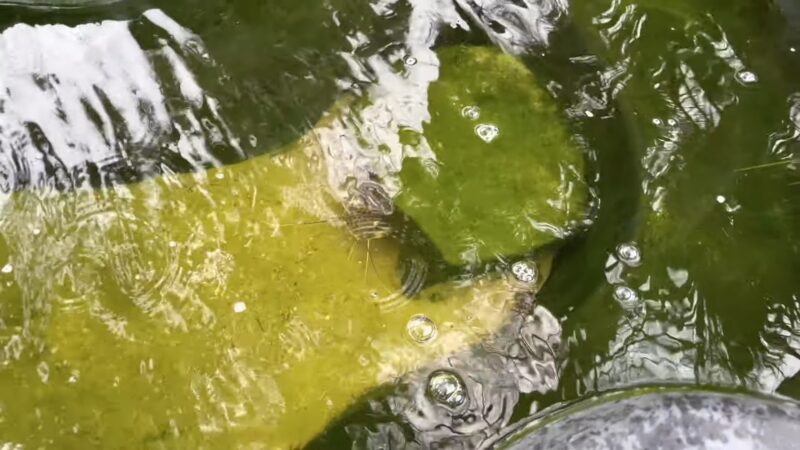
Constructing your catfish pond is a foundational step in establishing your farm. This process involves several important considerations to ensure that your pond is suitable for raising healthy catfish:
- Design: The design of your pond should cater to the specific needs of catfish farming. This includes considering the depth, which should be sufficient to maintain stable water temperatures and allow enough room for catfish to grow. A depth of 3 to 6 feet is typical for most catfish ponds.
- Water Inflow and Outflow: Proper water management is critical. Your pond should have a system in place for introducing fresh water and allowing excess water to drain. This helps in maintaining water quality and preventing the buildup of harmful substances.
- Aeration: Catfish require well-oxygenated water for optimal health and growth. Depending on the size of your pond and the number of fish, you may need to install aeration devices to keep the water oxygenated, especially during the warmer months.
- Protection: Consider measures to protect your pond from predators and to prevent the escape of catfish. This might include netting or fencing around the pond.
- Compliance with Regulations: Before you start digging, it’s important to check local regulations regarding aquaculture. Permits may be required, and there could be specific guidelines on pond construction and water usage.
3. Ensure Clean Water Supply
Water quality is paramount in catfish farming, directly affecting fish health, growth rates, and farm productivity.
- Water Source Assessment: Regularly test your water source for contaminants, pH levels, oxygen content, and temperature. Understanding these parameters helps in making necessary adjustments to maintain optimal conditions for catfish.
- Filtration Systems: Depending on the size of your operation and the clarity of your water source, implementing a filtration system can be crucial. Filtration helps remove physical waste, excess food, and potentially harmful bacteria from the water.
- Water Treatment: In some cases, treating water might be necessary to adjust pH levels or to eliminate pathogens. However, any treatment must be safe for the catfish and not disrupt the ecological balance within the pond.
- Regular Monitoring and Adjustments: Installing monitoring equipment for continuous tracking of water quality parameters allows for timely adjustments. This could mean adding aerators to increase oxygen levels during hot weather or partial water changes to reduce nitrate levels.
4. Buy Quality Fingerlings
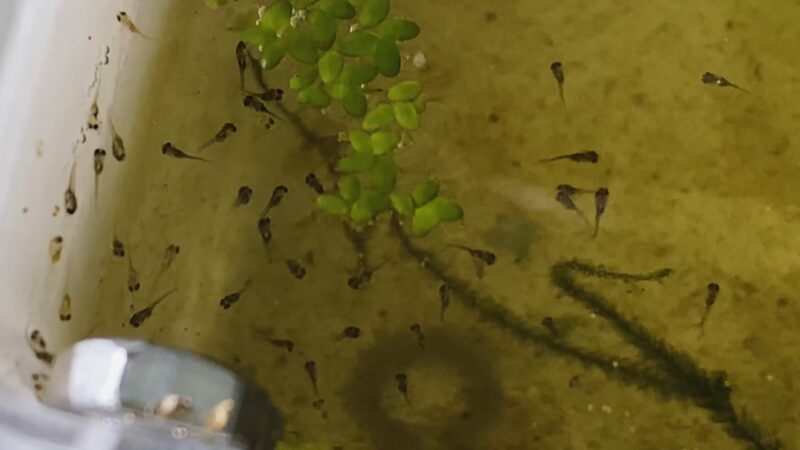
The success of your catfish farm hinges significantly on the quality of fingerlings you start with.
- Source Reputably: Purchase fingerlings from reputable hatcheries or suppliers known for healthy, genetically superior stock. Healthy fingerlings are more likely to grow into robust adults and have better resistance to diseases.
- Inspect for Health: When buying fingerlings, look for signs of good health, such as active swimming, clear eyes, and intact fins. Avoid purchasing any fish that show signs of distress or disease.
- Quarantine New Arrivals: Before introducing new fingerlings into your main pond, quarantine them for a period. This helps prevent the spread of any undetected diseases to your existing stock.
- Genetic Diversity: Consider the genetic background of the fingerlings. Diverse genetics can lead to a healthier and more resilient catfish population, reducing the risk of widespread disease or genetic issues.
5. Select Proper Feed
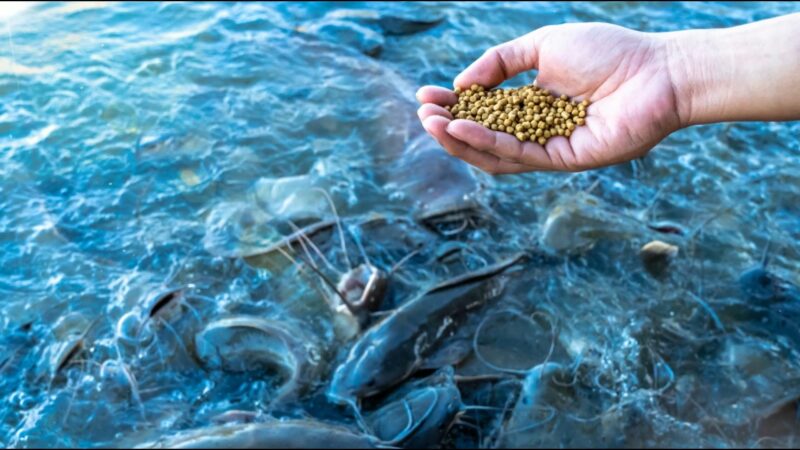
Feeding your catfish the right diet is crucial for their growth and the overall productivity of your farm. Here’s how to ensure you’re providing the best nutrition:
- Nutritional Content: Select feeds that are high in protein and balanced with essential nutrients, vitamins, and minerals. Catfish feeds typically contain 28-32% protein, which supports rapid growth and development.
- Feeding Schedule: Establish a consistent feeding schedule, adjusting the quantity based on the size of the catfish and the water temperature. Overfeeding can lead to waste and water quality issues, while underfeeding can stunt fish growth.
- Feed Type: Use a feed type (pellets, flakes, or live feed) that is appropriate for the size and age of your catfish. Floating pellets are often recommended for ease of monitoring consumption and reducing waste.
- Adjustments Over Time: As your catfish grow, their nutritional needs will change. Be prepared to adjust the type and amount of feed accordingly. Regularly assessing growth and health can help you make informed decisions about their diet.
When you ensure a proper feeding, you can also expect a better product. That is the only way to secure the benefits of running this business.
6. Manage Water Quality

Effective water quality management is essential for maintaining a healthy catfish farm. Here are strategies to ensure optimal conditions:
- Regular Testing: Implement a routine for testing water parameters, including pH, ammonia, nitrites, nitrates, and oxygen levels. Keeping these within safe ranges is critical for catfish health.
- Aeration: Use aeration systems to maintain adequate oxygen levels in the pond, especially during hot weather or in densely stocked ponds. Oxygen is vital for catfish metabolism and overall health.
- Algae and Plant Management: While some algae and aquatic plants can benefit the pond ecosystem by providing oxygen and food, excessive growth can deplete oxygen at night and create toxic conditions. Manage growth through manual removal or controlled treatments that are safe for catfish.
- Waste Management: Regularly remove uneaten feed and fish waste from the pond. This can be achieved through manual cleaning, natural decomposition by beneficial bacteria, or mechanical filtration systems.
7. Monitor Fish Health
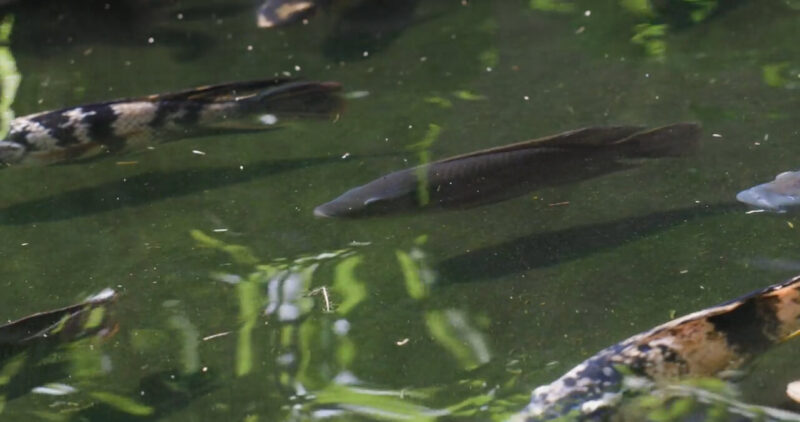
Regular health checks are vital to prevent disease outbreaks and ensure the overall well-being of your catfish. Here’s how to keep a close eye on your stock:
- Daily Observations: Make it a routine to visually inspect your catfish, looking out for any signs of distress, unusual behavior, or physical symptoms of disease such as spots, lesions, or erratic swimming.
- Water Quality Correlation: Often, the first sign of health issues in catfish can be linked back to water quality. Ensure that any adverse changes in fish behavior or appearance prompt an immediate water quality test to identify and rectify potential problems.
- Disease Management: Have a plan in place for managing diseases, including quarantine procedures for affected fish, treatment protocols, and possibly consulting with a veterinary specialist who has experience with aquaculture.
- Record Keeping: Maintain detailed records of any health issues, treatments applied, and outcomes. This information can be invaluable for identifying patterns or recurring problems and improving your management practices over time.
8. Plan Harvesting
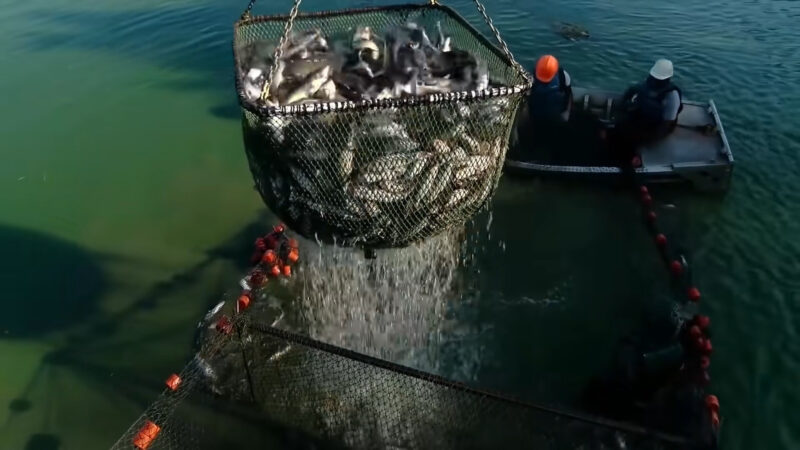
The culmination of your hard work, harvesting, requires careful planning to ensure the best outcomes for both the farmer and the fish. Here’s what to consider:
- Timing: Determine the optimal size or age for harvesting your catfish, which typically depends on market preferences or personal use requirements. Monitoring growth rates can help you plan the harvest at the right time.
- Method: Choose a harvesting method that suits your scale of operation and minimizes stress on the fish. Options include seine nets, traps, or draining the pond. Each method has its advantages and considerations in terms of labor, efficiency, and fish welfare.
- Post-Harvest Handling: Plan for the immediate handling of catfish post-harvest, including sorting, grading, and if selling, packaging. Proper handling is essential to maintain quality and extend the shelf life of your fish.
- Market Preparation: If you’re selling your catfish, identify your market early. Whether it’s direct to consumers, local restaurants, or fish markets, understanding your market’s needs can influence how you harvest and process your catfish.
9. Market Your Catfish

Successfully marketing your catfish is crucial for turning your aquaculture venture into a profitable business. Here are detailed strategies to help you reach potential customers and make your catfish farming operation a success:
Identify Your Target Market
Understanding who your customers are is the first step in effective marketing. Your target market could be local restaurants that prioritize fresh, locally-sourced ingredients, supermarkets, or direct consumers looking for high-quality, sustainable fish. Each market segment has different needs and preferences, which should inform your marketing strategy.
Develop a Brand
Creating a strong brand for your catfish farm can help differentiate your product in a competitive market. Consider what makes your catfish special—whether it’s your sustainable farming practices, the quality and freshness of your fish, or your commitment to community and local food systems. Use this unique selling proposition to build your brand identity.
FAQs
How much space do catfish need?
The space required for catfish depends on their species and size. As a general rule, the tank should be at least twice as wide and six times as long as the adult fish.
What is the lifespan of a catfish?
The lifespan of catfish varies from 5 to 60 years, depending on the species. Some common catfish species have an average lifespan of 10 to 15 years.
Are catfish easy to keep?
Catfish are relatively easy to keep, as long as you provide them with the right water conditions, filtration, substrate, and food. However, some catfish can grow very large, be aggressive, or need special care, so you should research the specific needs of your catfish before buying them.
What is the best time to feed catfish?
Catfish are mostly nocturnal, so the best time to feed them is in the evening or at night. You can use a variety of foods, such as pellets, flakes, frozen, or live foods, depending on the type of catfish. You should feed them only as much as they can eat in a few minutes, and remove any uneaten food.
Summary
Raising catfish at home is a great way to produce your own food and earn some money. You can use your backyard as a catfish farm and grow healthy and delicious fish. It takes some effort and commitment, but you can achieve your goal of combining agriculture and aquaculture in your own home.
Hi there, I am Saffron Bryant, a nutrition expert with a couple of experience in the industry. I hope you will find my contribution to the website will provide you with many perspectives you haven’t been aware of.
